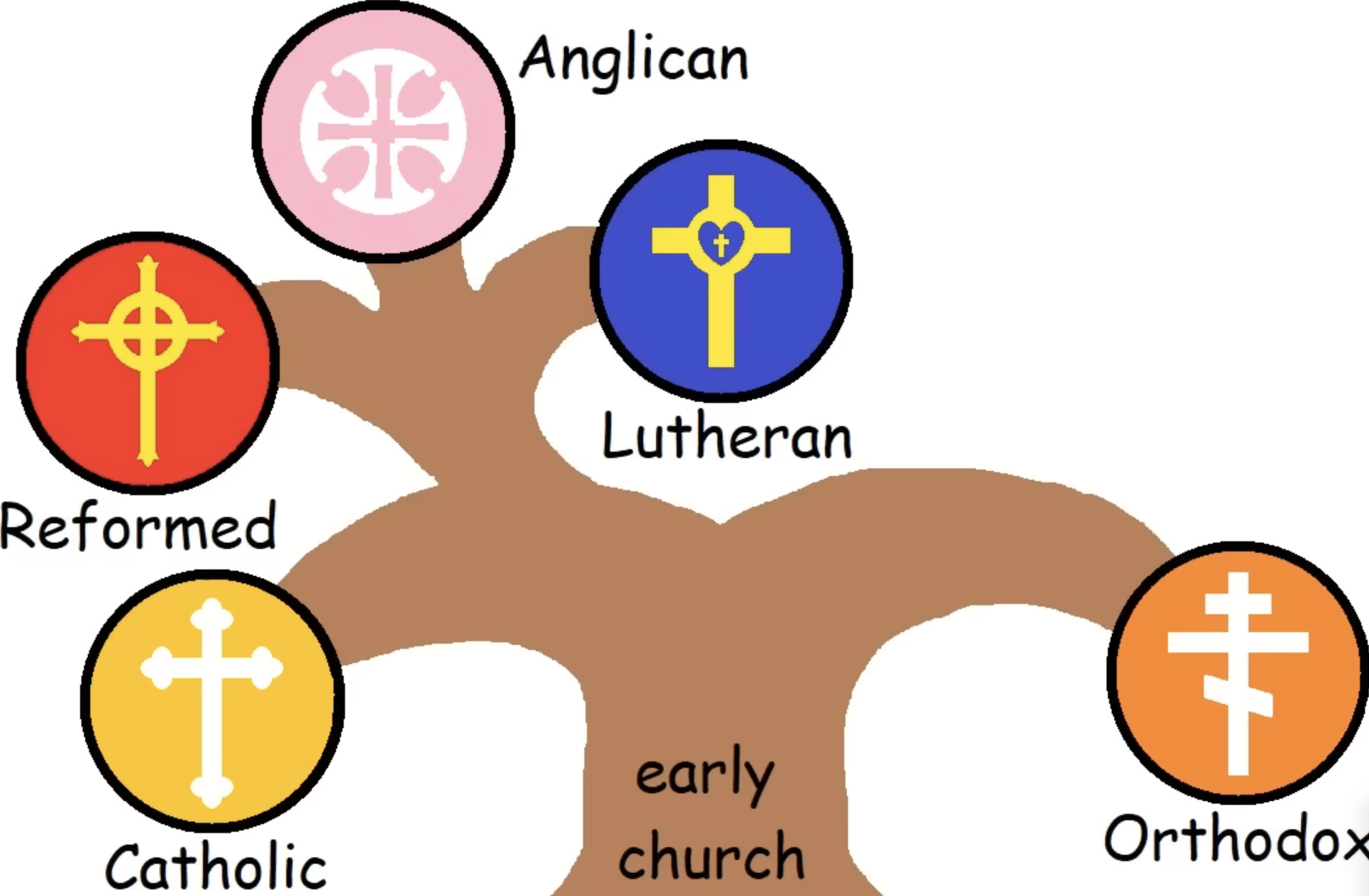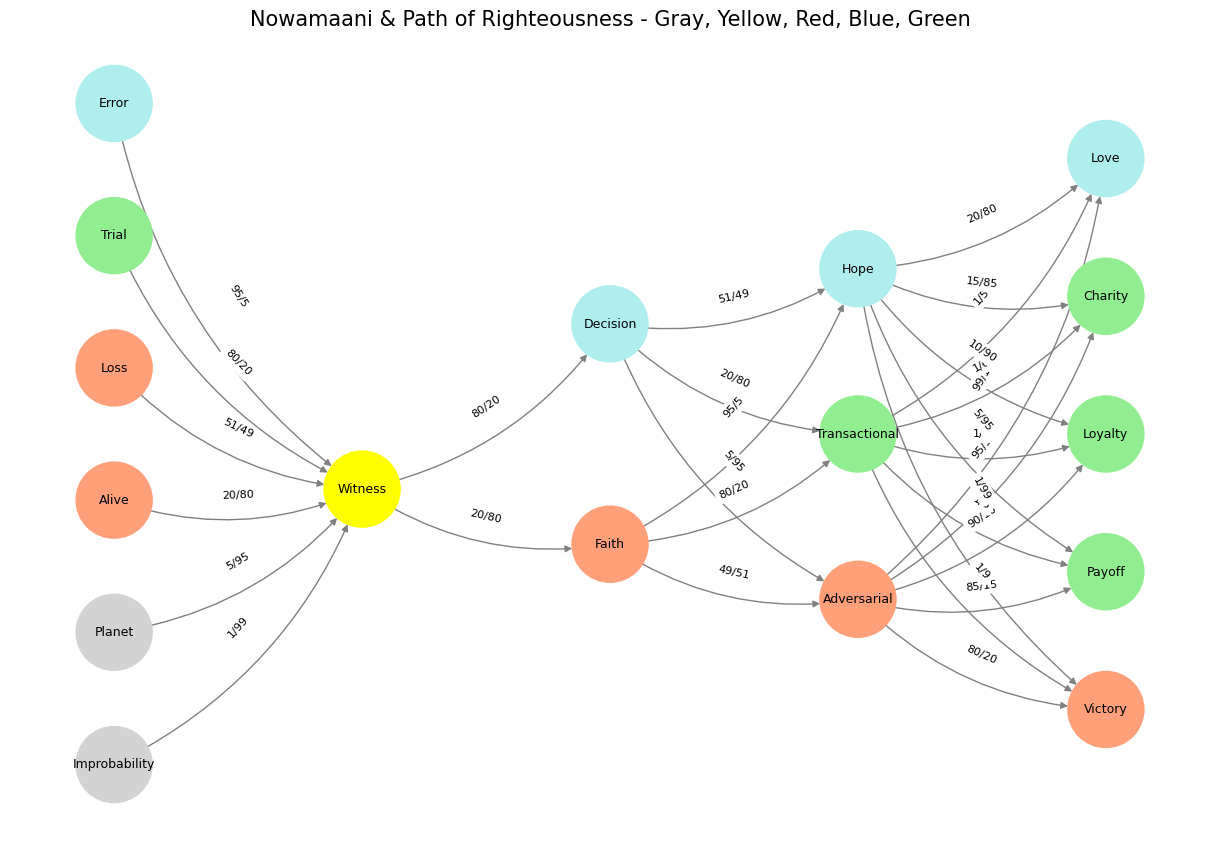Resilience 🗡️❤️💰#
The Witness of Improbability: Jules, Trump, and the Echoes of True Sacrifice#
Improbability is the raw material of faith. When the world bends toward an outcome that should not have been—when a bullet misses, when the dice roll impossibly high—there emerges the opportunity for belief. But improbability alone is meaningless without a witness, someone who stands at the edge of impossibility and sees it, feels it, internalizes it. From there, the mind encodes the event into faith, an interpretative act that allows one to place hope in the unseen, in charity, love, salvation—whatever metaphysical system one chooses. But faith, no matter how strong, is still personalized. It is the individual’s negotiation with an improbable world. True sacrifice, however, belongs to the collective. This is where Jules Winnfield and Donald Trump, each touched by near-death, diverge from warriors of old who did not merely survive fate’s chaos but embraced death as the purest form of sacrifice.

Fig. 8 Influencer (Witness) vs. Indicator (Trial). These reflects sentiments in 2 Chronicles 17:9-12: For the eyes of the Lord run to and fro throughout the whole earth, to show Himself strong (Nowamaani) on behalf of them whose heart is perfect toward Him. This parallels Shakespeare’s image of the poet’s eye “in a fine frenzy rolling,” scanning from heaven to earth and back. Ukubona beyond the mundane (network layers 3-5), upstream to first prinicples of the ecosystem (layer 1). This is the duty of intelligence and what our App and its variants in and beyond clinical medicine aims for – to elevate perception, agency, and games for all. To leave a shrinking marketplace for the serpent in Eden, for snakeoil salesmen, for fraudstars. To shrink the number of the gullible.#
Jules, in Pulp Fiction, experiences what he calls a “miracle” when an assailant empties a revolver at him and Vincent Vega, missing them completely. This is an event that defies probability, that should not have been, and it forces him to reckon with the hand of something greater. But the act alone does not change him—it is his witnessing of it that initiates transformation. He does not merely survive; he deciphers meaning in survival. He turns to scripture, reinterprets his own past cruelty, and chooses to walk a different path, shedding the violent persona that had defined him. But Jules’ transformation is, ultimately, personal. His “pilgrimage” is to roam the earth as a man seeking righteousness, but it does not demand his life. He steps away from a life of violence, but he does not offer himself up for something greater than himself. His survival is a gift he translates into faith, but it does not become sacrifice.
Donald Trump, on the other hand, encountered his own improbable escape when a bullet whizzed through his right ear during an assassination attempt. Here, improbability once again presents itself, but Trump, unlike Jules, does not translate the event into a spiritual pilgrimage. Instead, he uses it as a reinforcement of his own narrative—the warrior who cannot be felled, the chosen leader whose very existence is proof of destiny. There is no transcendental humility in his reaction; rather, there is a triumphalism, a belief not in something higher but in himself as the center of improbable survival. If Jules interpreted his escape as a moment of grace, Trump saw his as a reaffirmation of personal inevitability. Where Jules sought transformation, Trump saw confirmation.
The difference between them is the difference between faith and ego. Jules, in his flawed and cinematic way, allows the improbable to make him smaller in the face of the universe. Trump, conversely, allows it to make him larger. But both remain locked in a fundamentally modern, individualistic interpretation of improbability: survival as something that affirms personal meaning. This is where they part ways with the warriors of old.
Shakazulu’s warriors, the Spartan hoplites, the samurai of feudal Japan—these men did not see survival as the ultimate signifier. In their worldview, the greatest gift to the tribe, the city, the shogun, was not to live after the battle but to die within it. They did not seek a miraculous escape from death, because death itself was the seal of their faith, their hope, their transcendence. A warrior who survived might carry the battle’s memory, but the one who fell embodied its meaning. This is the chasm between personal faith and collective sacrifice.
Jules and Trump both bear witness to improbability, but neither embodies the ultimate sacrifice. They survive death, but they do not transcend themselves in the way warriors did. Survival personalizes faith—it turns it inward, makes it a story about one’s own significance. True sacrifice obliterates the self for something greater. This is why martyrdom has always held a unique power: it is the final and absolute obliteration of personal survival for the sake of a cause.
The error of human inference is in believing that near-death is the same as sacrifice. It is not. To walk away from the jaws of death does not make one a messiah, nor does it necessarily impart divine favor. Jules assumes his survival is an invitation to transformation. Trump assumes it is proof of his greatness. The ancient warrior would have understood that survival is not the gift—it is merely a delay. The true sacrifice is never in living through death, but in dying for something greater.
Show code cell source
import numpy as np
import matplotlib.pyplot as plt
import networkx as nx
# Define the neural network layers
def define_layers():
return {
'Suis': ['Improbability', 'Planet', 'Alive', 'Loss', "Trial", 'Error'], # Static
'Voir': ['Witness'],
'Choisis': ['Faith', 'Decision'],
'Deviens': ['Adversarial', 'Transactional', 'Hope'],
"M'èléve": ['Victory', 'Payoff', 'Loyalty', 'Charity', 'Love']
}
# Assign colors to nodes
def assign_colors():
color_map = {
'yellow': ['Witness'],
'paleturquoise': ['Error', 'Decision', 'Hope', 'Love'],
'lightgreen': ["Trial", 'Transactional', 'Payoff', 'Charity', 'Loyalty'],
'lightsalmon': ['Alive', 'Loss', 'Faith', 'Adversarial', 'Victory'],
}
return {node: color for color, nodes in color_map.items() for node in nodes}
# Define edge weights (hardcoded for editing)
def define_edges():
return {
('Improbability', 'Witness'): '1/99',
('Planet', 'Witness'): '5/95',
('Alive', 'Witness'): '20/80',
('Loss', 'Witness'): '51/49',
("Trial", 'Witness'): '80/20',
('Error', 'Witness'): '95/5',
('Witness', 'Faith'): '20/80',
('Witness', 'Decision'): '80/20',
('Faith', 'Adversarial'): '49/51',
('Faith', 'Transactional'): '80/20',
('Faith', 'Hope'): '95/5',
('Decision', 'Adversarial'): '5/95',
('Decision', 'Transactional'): '20/80',
('Decision', 'Hope'): '51/49',
('Adversarial', 'Victory'): '80/20',
('Adversarial', 'Payoff'): '85/15',
('Adversarial', 'Loyalty'): '90/10',
('Adversarial', 'Charity'): '95/5',
('Adversarial', 'Love'): '99/1',
('Transactional', 'Victory'): '1/9',
('Transactional', 'Payoff'): '1/8',
('Transactional', 'Loyalty'): '1/7',
('Transactional', 'Charity'): '1/6',
('Transactional', 'Love'): '1/5',
('Hope', 'Victory'): '1/99',
('Hope', 'Payoff'): '5/95',
('Hope', 'Loyalty'): '10/90',
('Hope', 'Charity'): '15/85',
('Hope', 'Love'): '20/80'
}
# Calculate positions for nodes
def calculate_positions(layer, x_offset):
y_positions = np.linspace(-len(layer) / 2, len(layer) / 2, len(layer))
return [(x_offset, y) for y in y_positions]
# Create and visualize the neural network graph
def visualize_nn():
layers = define_layers()
colors = assign_colors()
edges = define_edges()
G = nx.DiGraph()
pos = {}
node_colors = []
# Add nodes and assign positions
for i, (layer_name, nodes) in enumerate(layers.items()):
positions = calculate_positions(nodes, x_offset=i * 2)
for node, position in zip(nodes, positions):
G.add_node(node, layer=layer_name)
pos[node] = position
node_colors.append(colors.get(node, 'lightgray'))
# Add edges with weights
for (source, target), weight in edges.items():
if source in G.nodes and target in G.nodes:
G.add_edge(source, target, weight=weight)
# Draw the graph
plt.figure(figsize=(12, 8))
edges_labels = {(u, v): d["weight"] for u, v, d in G.edges(data=True)}
nx.draw(
G, pos, with_labels=True, node_color=node_colors, edge_color='gray',
node_size=3000, font_size=9, connectionstyle="arc3,rad=0.2"
)
nx.draw_networkx_edge_labels(G, pos, edge_labels=edges_labels, font_size=8)
plt.title("Nowamaani & Path of Righteousness - Gray, Yellow, Red, Blue, Green", fontsize=15)
plt.show()
# Run the visualization
visualize_nn()


Fig. 9 Resources, Needs, Costs, Means, Ends. This is an updated version of the script with annotations tying the neural network layers, colors, and nodes to specific moments in Vita è Bella, enhancing the connection to the film’s narrative and themes:#

